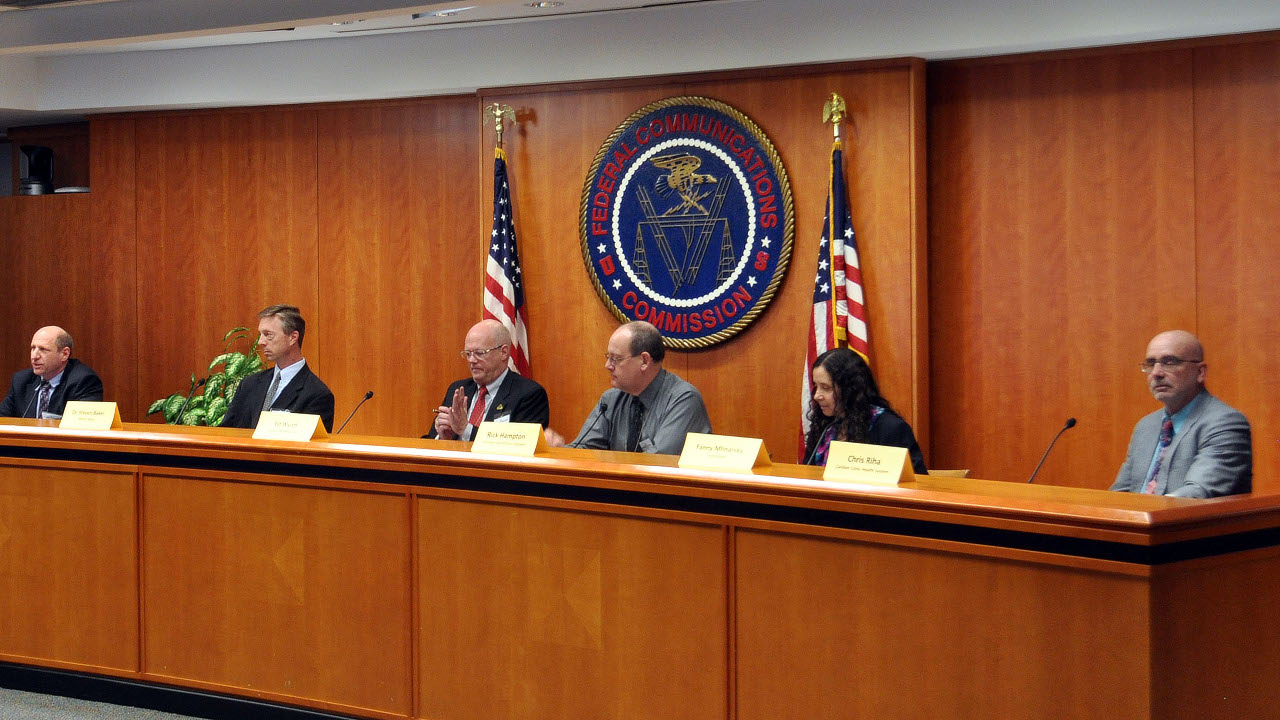The US Federal Communications Commission (FCC) has officially granted SpaceX authorisation to construct, deploy, and operate its planned Starlink satellite communication constellation, while also proposing new rules to streamline the approval of future satellite licences.
Announced by SpaceX in 2014, Starlink is planned as a 12,000-strong satellite communications network designed to offer high-bandwidth low-latency communications over Ka-, Ku-, and V-band frequencies. The ruling made late last week provides SpaceX with authorisation to build the V-band section of the constellation, comprised of more than 7,000 satellites, while adding the required frequencies – 37.5-42 GHz and 57.2-50.2 GHz – to its previously-granted authorisations.
At the same time, the FCC granted similar authorisations providing US market access to three other satellite communication companies: Kepler, which is focusing on Internet of Things (IoT) connectivity; Telesat, for high-speed low-latency communication services; and LeoSat, which plans a 78-satellite constellation for both enterprise and underserved community use.
“From providing high-speed broadband services in remote areas to offering global connectivity to the Internet of Things through ‘routers in space’ for data back haul, I’m excited to see what services these proposed constellations have to offer,” claims FCC chair Ajit Pai of the ruling. “Our approach to these applications reflects this Commission’s fundamental approach: encourage the private sector to invest and innovate and allow market forces to deliver value to American consumers.”
The FCC has also proposed new rules which it claims would make the application for regulatory approval for satellite communications more efficient and less burdensome, building on proposals raised during the 2016 Biennial Review and centred around the creation of a new, unified licence for space and ground stations to be operated as a fixed-satellite service network operating in a geostationary orbit.
“Today, we take steps to simplify the FCC’s satellite licensing process and encourage the launch of new satellite systems. Most importantly, we propose to create an optional single licence for space stations and earth stations operating in a geostationary, fixed-satellite service satellite network,” explains Pai. “This proposal would eliminate redundancies in the two separate licensing processes for satellites and earth stations and ultimately result in faster deployment of services to consumers. We also seek public input on streamlining and making more flexible our satellite rules and on reducing paperwork burdens on satellite operators by repealing unnecessary annual reporting requirements. Taken together, these changes are intended to ensure that the United States remains the most desirable country in the world for licensing and operating satellites.”
Following successful test-flight launches earlier this year, Starlink is expected to begin deployment in 2019 with initial operation planned for 2020.
